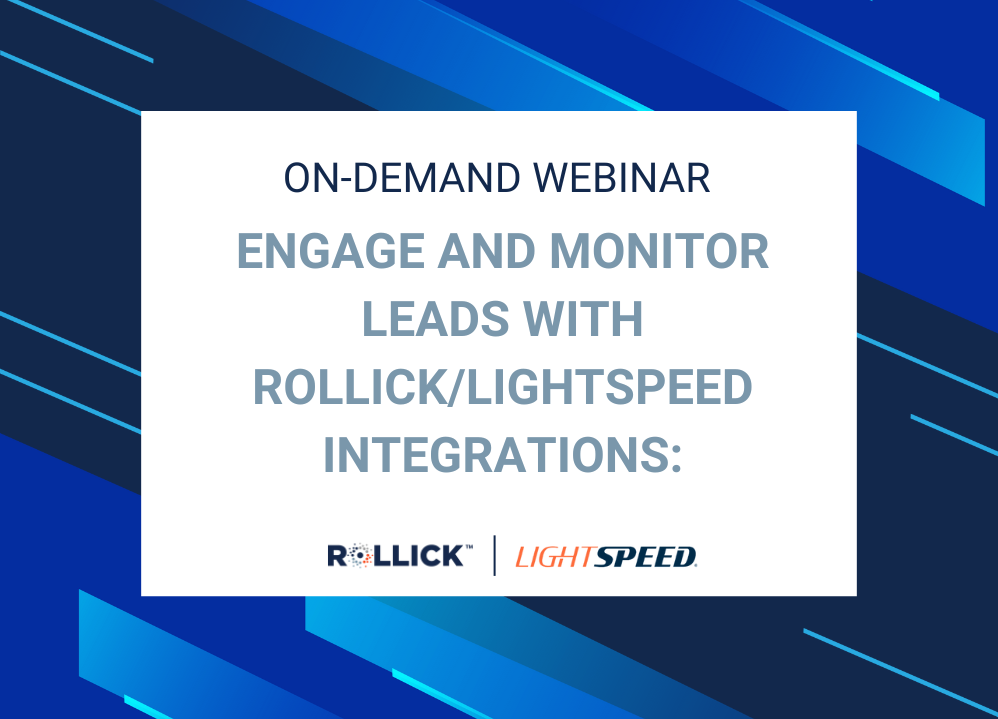Lead tracking is a powerful tool in sales and marketing’s arsenal, yet its potential is often underutilized. Ineffective lead tracking can result in missed opportunities and wasted resources. This guide will provide actionable insights into data-driven approaches for enhancing sales through effective lead tracking, inspiring you to overcome common challenges and optimize your processes.
Understanding Lead Tracking
Lead tracking involves monitoring and managing potential customers as they move through the sales funnel. It is essential for business success because it helps identify which leads are most likely to convert, allowing sales teams to prioritize their efforts. Traditional methods of lead tracking include spreadsheets and manual entry, which are often time-consuming and prone to errors.
These traditional methods have significant limitations. Manual tracking can lead to data inaccuracies and missed follow-ups. Additionally, it needs real-time updates, making it easier to respond promptly to potential leads. Modern lead-tracking solutions address these issues by automating data collection and providing real-time insights, improving efficiency and accuracy.
Setting Up a Lead Tracking System
Implementing a lead tracking system starts with selecting the right software. Customer Relationship Management (CRM) tools like Salesforce, HubSpot, and Zoho CRM offer robust lead-tracking features. These tools automate data collection, provide real-time updates, and integrate seamlessly with other business processes, improving efficiency and accuracy and providing a centralized platform for all lead-related activities.
To integrate these tools effectively, align them with your existing workflows. For instance, you can set up automated notifications for new leads or create custom fields to track specific lead information. Ensure that your sales and marketing teams are trained to use the software. Regularly update the CRM to reflect the latest interactions and lead statuses. This integration will streamline operations and improve lead management.
Monitoring essential data points is crucial for effective lead tracking. Key metrics include:
- Lead Source: Identifies where leads originate.
- Engagement History: Tracks interactions with leads.
- Conversion Rates: Measures the percentage of leads that convert to customers.
Businesses can gain valuable insights into lead behavior and optimize their sales strategies by focusing on these data points.
Best Practices for Effective Lead Tracking
Maintaining accurate and consistent data is vital for effective lead tracking. Consistent data can lead to missed opportunities and efficient follow-ups. Regularly update your CRM to ensure all information is current. This practice helps in making informed decisions and improves overall lead management.
Automation plays a significant role in enhancing lead tracking. Automated tools can handle repetitive tasks such as data entry and follow-up reminders. For example, using automated email sequences can nurture leads without manual intervention. This saves time and ensures that no lead falls through the cracks.
Establishing routines for reviewing and analyzing lead data is crucial. Schedule regular audits to check for data accuracy and completeness. Analyze critical metrics like lead source and conversion rates to identify trends and areas for improvement. Consistent review processes help refine your lead-tracking strategy and boost sales efficiency.
Overcoming Common Challenges
Managing and prioritizing large volumes of lead data can be challenging. Implementing lead scoring systems helps prioritize leads based on their likelihood to convert. For example, you can assign scores based on engagement level, demographic information, and past interactions. This approach ensures that your sales team focuses on high-potential leads.
Maintaining data integrity is crucial for effective lead tracking. Regularly clean your database to remove duplicates and outdated information. Use validation rules within your CRM to minimize data entry errors. Consistent data hygiene practices prevent inaccuracies and improve the reliability of your lead-tracking system.
Collaboration between sales and marketing teams is essential. Both departments should share insights and align their strategies. Regular meetings and integrated communication channels facilitate this collaboration. Lead tracking becomes more efficient when sales and marketing work together and conversion rates improve.
Rollick’s Game-Changing Approach
Rollick’s solutions streamline lead tracking by integrating advanced technology with user-friendly interfaces. Improving lead quality is a key focus. Rollick’s tools provide detailed insights into lead behavior and preferences, allowing businesses to tailor their approaches. By leveraging data analytics, Rollick helps companies identify high-quality leads and prioritize them effectively.
Enhancing customer experiences is another significant benefit. Rollick’s partnerships with major brands and associations ensure a comprehensive and engaging shopping experience. This not only boosts customer satisfaction but also increases the likelihood of conversion. Through these integrated solutions, Rollick elevates the lead-tracking process, driving better business results.
Taking Lead Tracking to the Next Level
Effective lead tracking is essential for business success. Companies can optimize their sales processes by understanding lead tracking, building robust systems, and following best practices. Overcoming common challenges and leveraging Rollick’s solutions enhance lead quality and customer experiences. Implement these strategies to improve your lead management and drive better results.
For more information or a free demo, visit Rollick.





